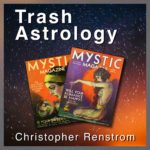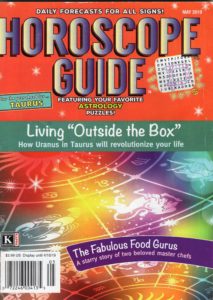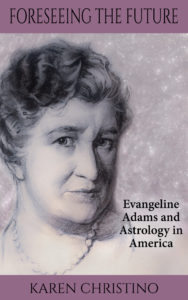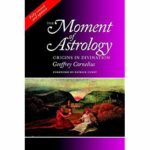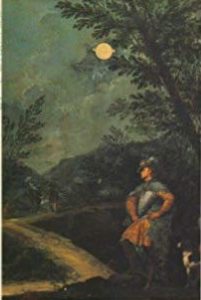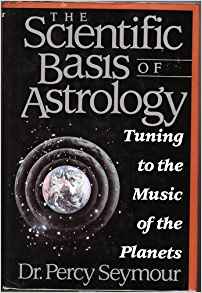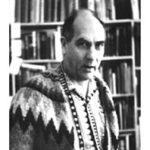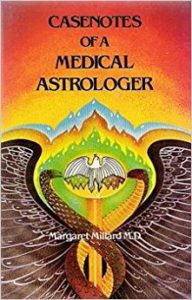Sheila Ostrander and Lynn Schroeder’s Astrological Birth Control (1972) is a very odd book. It reports on the theories and work of Eugen Jonas, a Catholic psychiatrist in Czechslovakia, who purportedly developed a system of pinpointing astrological fertility cycles.
Obstetrician and medical astrologer Margaret Millard has told us it can’t work. But astrologers I respect say they’ve used it with success. The basic theory seems intuitively logical, that the repetition of the Sun-Moon angle from a woman’s birth chart indicates fertile times.
For several years in the 1960s, Jonas, along with other physicians and researchers, received grants to study birth control, fertility, sex selection and viability astrologically. The fertility and sex selection cycle was reportedly identified by projected estimates based on the size and length of newborn infants. While this might symbolically produce a meaningful horoscope, it seems far-fetched that it would lead to the their consistently reported 85-98% success rates.
Almost nothing in astrology is this simplistic or constant. I also find it hard to believe that so many couples were able to routinely follow such specific instructions at home. People are not lab animals.
The authors state several times that the theories haven’t been proved and that little documentation was available, but everything about the book suggests a breakthrough. Some time is spent summarizing numerous scientific studies that support astrology but have little to do with the topic at hand.
Several of the few examples reproduced from Jonas’ work have errors. The authors don’t appear to be astrologers (nor does Jonas for that matter), so that the presentation of the actual techniques is also not very compelling. (It may be worthwhile to consider Jonas’ close Moon conjunct Neptune in Virgo, which exactly squares the Nodes, suggesting that publicity and hype may outweigh content.)
Astrological Birth Control is historically intriguing, as it was released by a major publisher, was designed for a wide audience, and influenced many astrologers. But for better books on this topic, I’d recommend Your Fertile Hours (reprinted in 2015) by Emily Faugno, a readable memoir and textbook with horoscope delineations from another Catholic devotee, or The Lunar Cycle (1989) by Francesca Naish, which is a practical guide. The Moon and Childbirth (1999) by Margaret Millard, M.D. is an excellent work that covers many topics (in vitro, predicting sex and the prenatal epoch), but unfortunately it’s difficult to find reasonably-priced copies these days. Fertility Astrology (2018) by Nicola Smits-Allsop provides sophisticated astrological analyses of fertility in the birth chart and presents astrological techniques for in vitro fertilization (see my review of this book here).
Click the links above to see more on these books on Amazon.com
